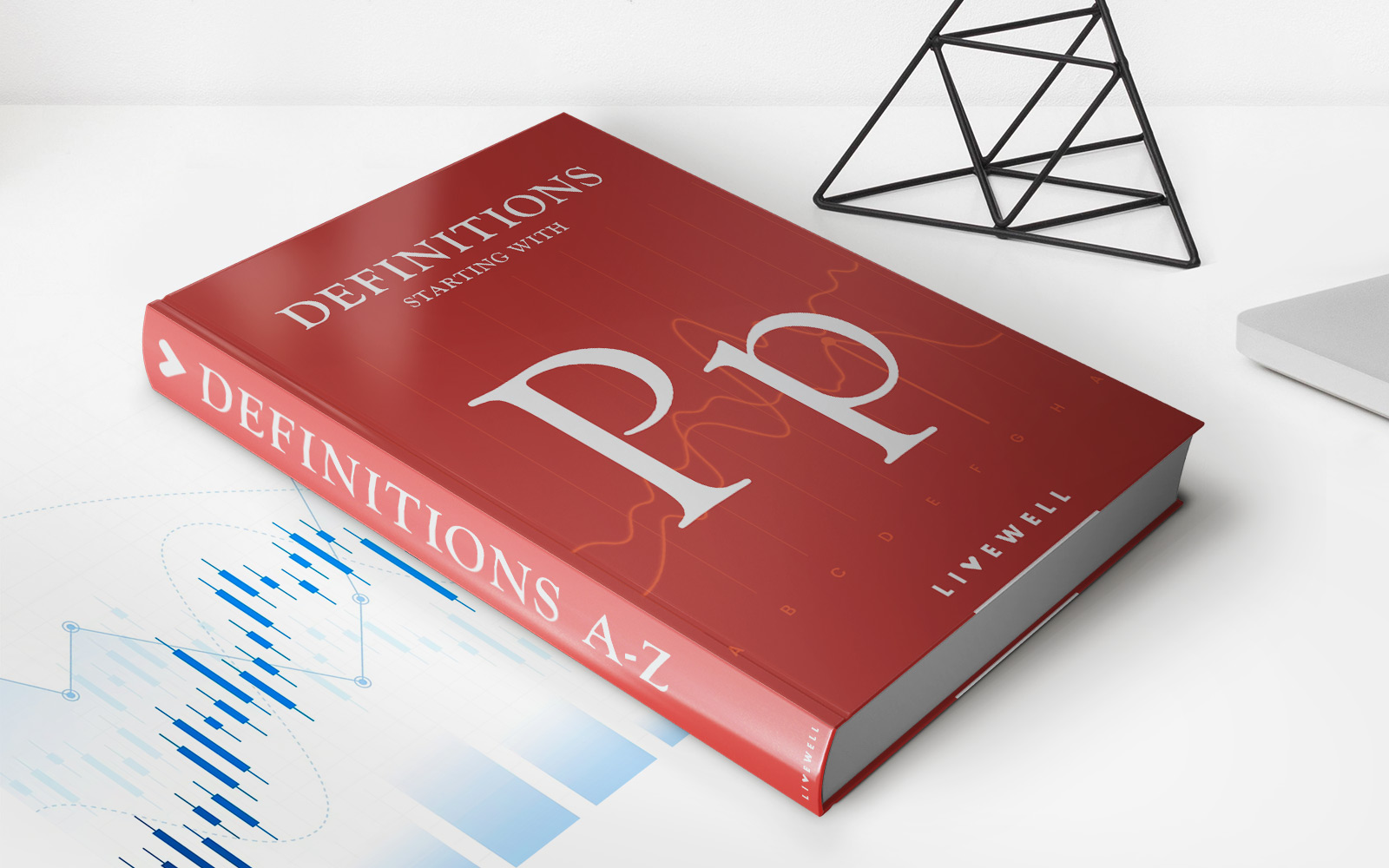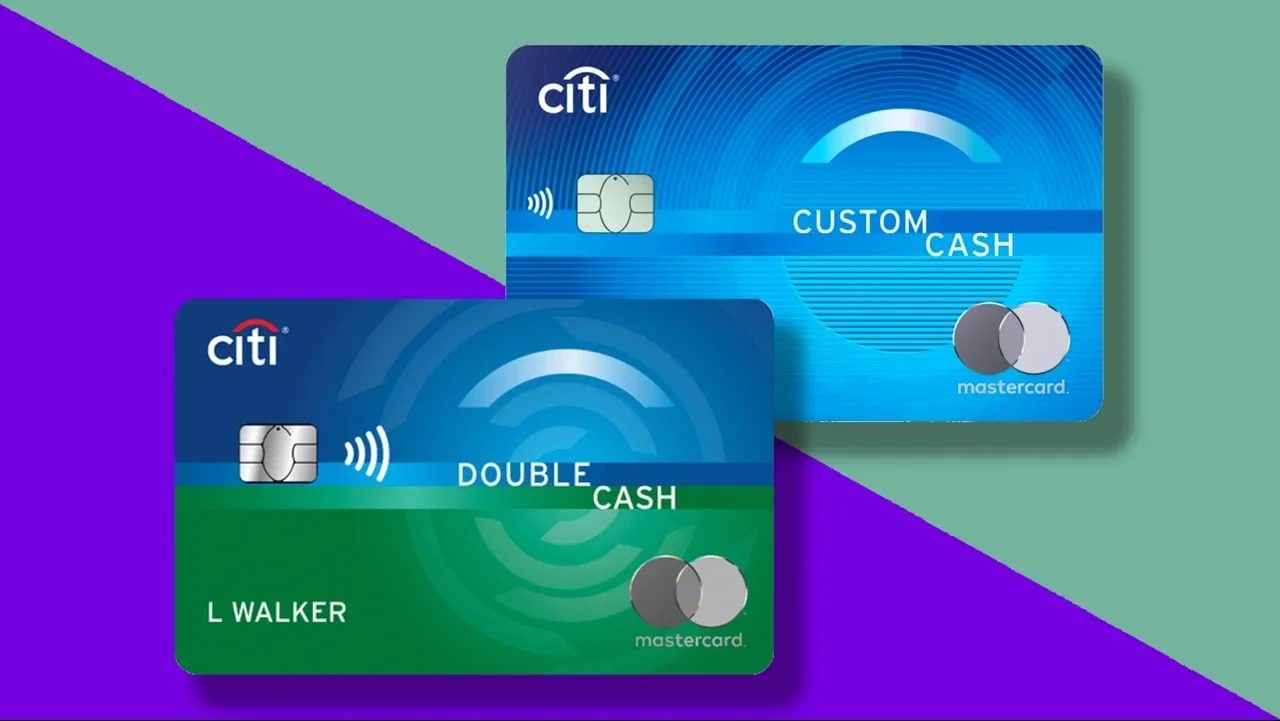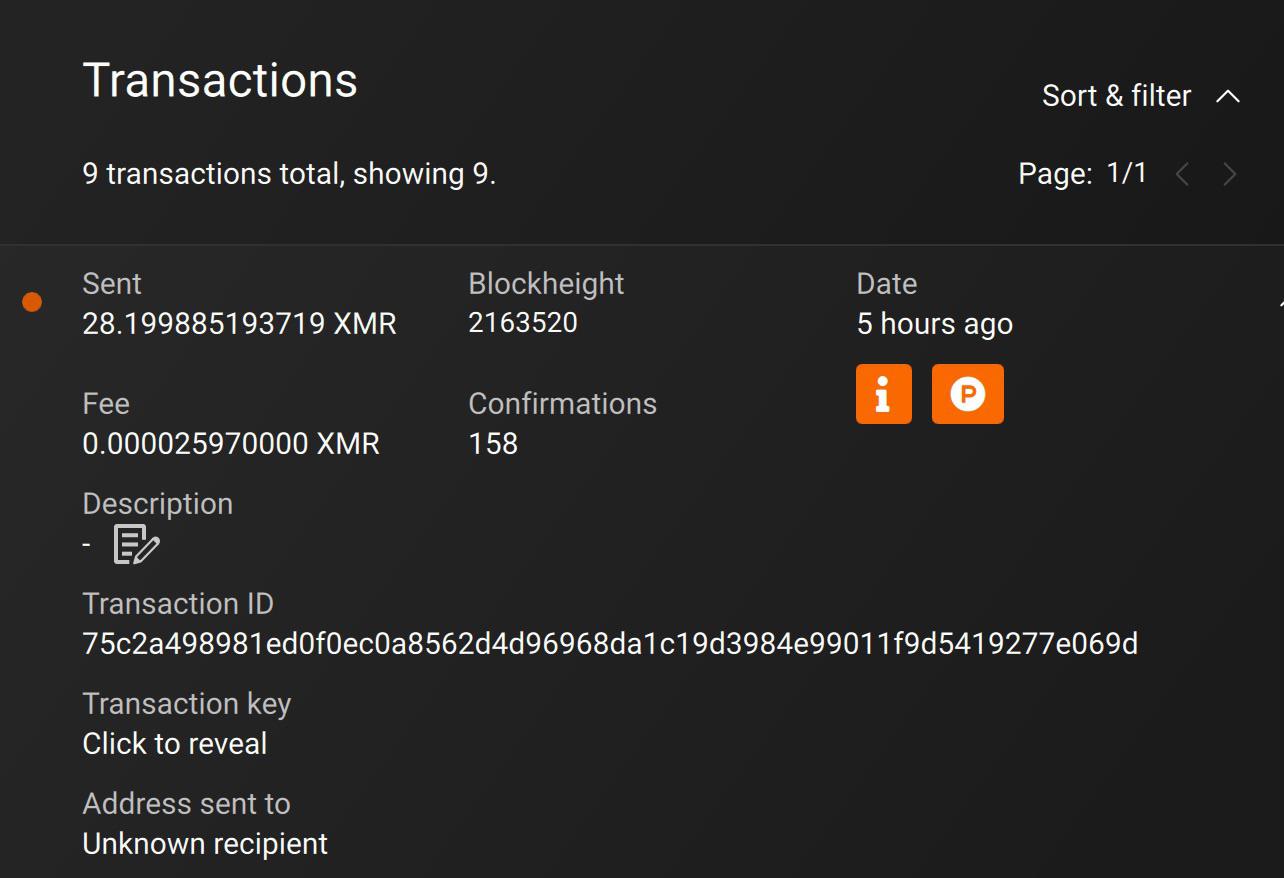Home>Finance>If Credit Card Balance Is $192.00, What Would Be The Minimum Payment


Finance
If Credit Card Balance Is $192.00, What Would Be The Minimum Payment
Published: February 27, 2024
Learn how to calculate the minimum payment on a credit card balance of $192.00 and manage your finances effectively. Understand the impact of minimum payments on your overall financial health.
(Many of the links in this article redirect to a specific reviewed product. Your purchase of these products through affiliate links helps to generate commission for LiveWell, at no extra cost. Learn more)
Table of Contents
Understanding Minimum Payments on Credit Cards
Introduction
Credit cards have become an integral part of modern financial management, offering convenience and flexibility in making purchases and managing expenses. However, it's crucial for cardholders to understand the concept of minimum payments to effectively manage their finances and avoid potential pitfalls. In this comprehensive guide, we will delve into the intricacies of minimum payments on credit cards, shedding light on the factors that influence them and providing insights into how they are calculated.
Credit card minimum payments represent the lowest amount that cardholders must pay each month to maintain their accounts in good standing. While making only the minimum payment can provide short-term relief, it's essential to recognize the long-term financial implications, including increased interest charges and extended repayment periods. By gaining a deeper understanding of minimum payments, individuals can make informed decisions regarding their credit card usage and develop effective strategies for debt management.
Throughout this article, we will explore the various factors that influence minimum payments, such as outstanding balances, interest rates, and fees. Additionally, we will provide a step-by-step guide on how to calculate the minimum payment on a credit card, empowering readers to take control of their financial responsibilities and make prudent choices when it comes to managing credit card debt.
By demystifying the concept of minimum payments and offering actionable insights, this guide aims to equip individuals with the knowledge and tools necessary to navigate the complexities of credit card usage responsibly. Whether you're a seasoned credit card user or just beginning to build your financial acumen, this exploration of minimum payments will provide valuable information to support your journey toward financial well-being.
Understanding Minimum Payments
Minimum payments on credit cards play a pivotal role in managing one’s financial obligations. When cardholders receive their monthly statements, they are presented with the option to either pay the full balance, a partial amount, or the minimum payment. While paying the full balance is ideal for avoiding interest charges, making at least the minimum payment by the due date helps prevent late fees and maintains the account in good standing.
It’s important to recognize that minimum payments are calculated based on various factors, including the outstanding balance, interest rates, and any applicable fees. Typically, the minimum payment is a small percentage of the total balance, often around 1-3% of the outstanding amount, subject to a minimum fixed amount. This ensures that cardholders make a reasonable effort to reduce their debt each month, albeit at a gradual pace.
However, it’s crucial to understand that while making the minimum payment keeps the account current, it may lead to long-term financial repercussions. By paying only the minimum amount, cardholders incur higher interest charges on the remaining balance, potentially extending the time required to pay off the debt. This can result in paying significantly more in interest over time, ultimately impeding one’s journey toward financial freedom.
Furthermore, the impact of minimum payments on credit scores cannot be overlooked. Consistently making only the minimum payment, especially on high balances, can reflect negatively on a cardholder’s creditworthiness. Credit utilization, which is the ratio of credit card balances to credit limits, is a key factor in credit scoring models. High credit utilization, often associated with making minimum payments, can signal financial distress and lower credit scores.
Therefore, understanding the implications of minimum payments is essential for responsible credit card management. While they offer short-term relief, it’s advisable to strive to pay more than the minimum whenever possible to expedite debt repayment and minimize interest charges. In the following sections, we will delve deeper into the factors that influence minimum payments and provide guidance on calculating them accurately.
Factors Affecting Minimum Payments
Several key factors influence the calculation of minimum payments on credit cards, each playing a distinct role in determining the amount that cardholders are required to pay each month. Understanding these factors is essential for individuals seeking to manage their credit card debt effectively and make informed financial decisions.
- Outstanding Balance: The outstanding balance on a credit card directly impacts the minimum payment. Typically, the minimum payment is calculated as a percentage of the total balance, ensuring that cardholders make consistent progress in reducing their debt. Higher balances result in larger minimum payments, reflecting the need to address substantial outstanding amounts.
- Interest Rates: The annual percentage rate (APR) on a credit card significantly influences the minimum payment. Higher interest rates lead to increased finance charges, resulting in larger minimum payments to contribute toward both the principal balance and interest accrued. Cardholders with high APRs may face more substantial minimum payment requirements.
- Fixed Fees and Penalties: Certain credit cards may impose fixed fees, such as annual fees or late payment penalties. These fees can contribute to the minimum payment, impacting the total amount due each month. It’s essential for cardholders to be aware of any additional fees that factor into the minimum payment calculation.
- Regulatory Requirements: Financial regulations and industry standards may stipulate minimum payment calculations to ensure responsible lending practices. These requirements aim to safeguard consumers from being trapped in perpetual debt cycles and promote transparency in credit card billing.
- Credit Card Terms and Conditions: Each credit card issuer establishes specific terms and conditions governing minimum payments. These terms outline the methodology for calculating minimum payments and provide clarity on how various factors, such as balances and interest rates, contribute to the overall minimum payment requirement.
By considering these factors collectively, credit card companies determine the minimum payment that cardholders must satisfy each month. It’s important for individuals to review their credit card statements diligently, understand the components of the minimum payment, and assess their ability to manage their financial obligations effectively.
As we continue our exploration, we will delve into the process of calculating minimum payments, providing clarity on how these factors intertwine to determine the monthly obligation faced by credit card users.
Calculating Minimum Payment
Calculating the minimum payment on a credit card involves a straightforward yet crucial process that directly impacts a cardholder’s financial responsibilities. By understanding the components involved in this calculation, individuals can gain insight into their monthly obligations and make informed decisions regarding their debt management strategies.
The most common method for calculating the minimum payment is based on a percentage of the outstanding balance, subject to a minimum fixed amount. While specific formulas may vary among credit card issuers, the minimum payment is typically determined by applying a percentage, often ranging from 1% to 3%, to the total balance. This ensures that cardholders contribute a proportionate amount toward reducing their debt each month.
For example, if a credit card statement reflects an outstanding balance of $2,000, and the minimum payment percentage is set at 2%, the calculated minimum payment would amount to $40. However, it’s important to note that credit card issuers often impose a minimum fixed amount, such as $25, to ensure that the minimum payment remains reasonable, especially for lower balances.
Furthermore, interest charges and any applicable fees, such as annual fees or late payment penalties, may contribute to the total minimum payment. The inclusion of these additional charges ensures that cardholders address not only the outstanding balance but also any accrued interest and fees, thereby gradually reducing their overall debt burden.
It’s essential for cardholders to review their credit card terms and conditions to understand how the minimum payment is calculated by their specific issuer. By familiarizing themselves with the methodology employed, individuals can accurately anticipate their minimum payment obligations and strategize their repayment efforts accordingly.
Moreover, leveraging online calculators and budgeting tools can assist cardholders in estimating their minimum payments based on different scenarios, empowering them to make proactive financial decisions. By inputting various outstanding balances and interest rates, individuals can gauge the impact of different repayment strategies and assess the feasibility of paying more than the minimum to expedite debt reduction.
Ultimately, understanding the calculation of minimum payments equips individuals with the knowledge necessary to navigate their credit card obligations effectively. By proactively managing their minimum payments and striving to pay more than the required minimum whenever possible, cardholders can work toward alleviating their debt burden and achieving greater financial stability.
Conclusion
As we conclude our exploration of minimum payments on credit cards, it’s evident that these seemingly modest monthly obligations carry significant implications for individuals managing their financial responsibilities. By recognizing the factors that influence minimum payments and understanding the calculation process, cardholders can make informed decisions to navigate their credit card debt effectively and minimize the long-term impact on their financial well-being.
It’s imperative for individuals to approach their credit card usage with prudence and foresight, aiming to balance the convenience of credit with responsible financial management. While the option to make minimum payments provides short-term relief, it’s essential to acknowledge the potential drawbacks, including increased interest charges and prolonged debt repayment periods. Striving to pay more than the minimum whenever feasible can expedite debt reduction and mitigate the overall cost of borrowing.
Furthermore, maintaining awareness of one’s credit card terms and conditions, including the methodology for calculating minimum payments, empowers individuals to anticipate their monthly obligations accurately and plan their finances accordingly. Leveraging available resources, such as online calculators and budgeting tools, can aid in assessing different repayment scenarios and developing effective strategies to address credit card debt proactively.
Ultimately, the journey toward financial well-being entails a holistic approach to credit card management, encompassing prudent spending, diligent repayment practices, and a commitment to reducing debt systematically. By embracing these principles and remaining cognizant of the implications of minimum payments, individuals can cultivate a healthy financial outlook and work toward achieving greater stability and security in their financial lives.
As we navigate the complexities of credit card usage, let us strive to approach our financial responsibilities with clarity and purpose, recognizing the impact of our decisions on our long-term prosperity. Through informed decision-making and proactive debt management, we can pave the way toward a future characterized by financial freedom and empowerment.














